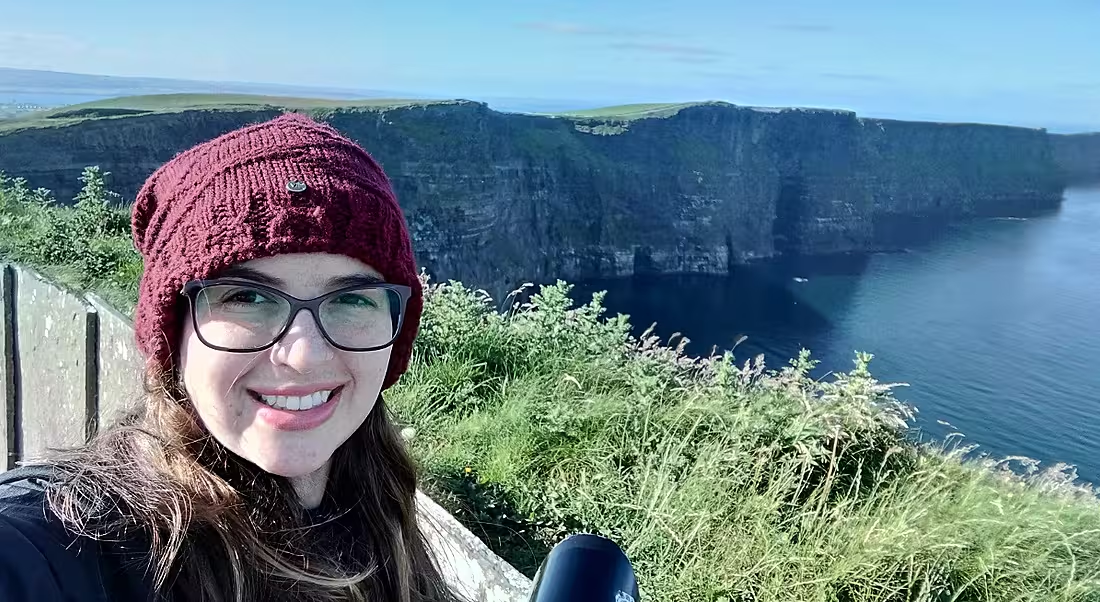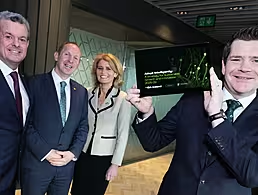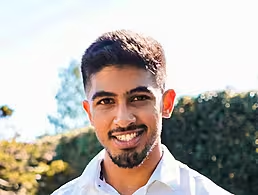Natália Linhares, a clinical research scientist at Genuity Science, talks about what it’s like analysing whole genome-sequencing data.
Natália Linhares is a clinical research scientist at Genuity Science. She works in the company’s rare disease research programme, analysing whole genome-sequencing data from children with undiagnosed rare disorders and their families. Her aim is to identify the genetic cause of the diseases.
On a typical day, this involves seeking out candidate genetic variants that could be the cause of a patient’s disorder and discussing her findings with the wider rare disease team and referring clinician, who she sends a research report back to.
Linhares explains: “The major goal of Genuity Science is to improve the life of patients through genomics research, and the rare disease programme has a huge impact on the lives of patients and their families.
“The programme demonstrates the clinical utility of whole genome-sequencing analysis in diagnostics. A diagnosis may guide new treatment options, enable precision-medicine interventions or inform a specialised care pathway for the patient. It can also facilitate contact with support groups and provides families with informed genetic counselling.”
A needle in a haystack
Linhares’ days are usually spent analysing whole genomes using software developed by Genuity Science – the clinical sequence analyser – to filter patients’ genetic variants. She filters the patients’ genomic data, focusing on variants that are associated with the patient’s clinical features, rare in the population according to several genomic databases, and have a functional impact on the involved protein.
“When I find a potential causative variant, I classify it according to the latest American College of Medical Genetics guidelines and I make a detailed record of each step of my analysis,” she says.
It might sound tedious but, according to Linhares, that’s not the case. “There are so many things that I love about the job. I love that each case that we analyse is unique and we never know what the result would be until we finish the analysis.
“It is always very exciting when I find a variant that could be causing the patient’s disease. Some people say that is almost like finding a needle in a haystack because everyone has thousands of variants and only one could be causing the patient’s disease. When we discover a potential causative variant, I feel very happy for the family, as it may bring closure to their diagnostic odyssey.
“It is also a pleasure to work with my colleagues in the rare disease team. The team is very united, we are all passionate about our job and we learn a lot from each other.”
Skills and challenges
Of course, handling patient data isn’t without its challenges. For example, Linhares says there are more than 7,000 rare diseases in which there are diverse clinical presentations.
“Consequently, I believe the major challenge is to study multiple clinical presentations associated with several clinical fields (such as neurology, immunology, cardiology and dermatology) and correlate them with a specific genetic disorder.
“In addition, new disorders associated with new genes are always being discovered, and we must keep up to date by constantly reviewing the medical and scientific literature and consulting genetic databases.”
‘When we discover a potential causative variant, I feel very happy for the family, as it may bring closure to their diagnostic odyssey’
– NATÁLIA LINHARES
To navigate this extensive industry, Linhares draws on her experience with medical genetics, molecular biology and next-generation sequencing analysis. Before joining Genuity Science, she worked for four years in a diagnostic lab as a cytogeneticist.
“I became very specialised in chromosome analyses and summarising test results and I learned about human syndromes, chromosomal rearrangements and the genes involved,” she says. After this, she got her master’s and PhD degrees in genetics, during which she used whole-exome sequencing to discover new candidate variants in patients with rare genetic diseases.
“At that time, next-generation sequencing was starting to be applied in clinical diagnostic and research laboratories. I learned how to analyse next-generation data using multiple bioinformatic tools and genomic databases.”
What you need to know
If you’re eager to work in a role similar to that of Linhares, you can apply for a position on the rare diseases team at Genuity Science. The company is currently hiring for a maternity-cover job, the scope of which will see the successful candidate work with patients in Temple Street Hospital.
Linhares believes that people who are “focused and meticulous” would be suited to the role, as well as “communicative” and someone who enjoys “learning and is passionate about science”. She describes the opening as “a unique opportunity”.
To learn more about the clinical researcher position at Genuity Science, view the job details here. The company is also currently hiring for a clinical research scientist role on its applied research team, which you can learn more about here.




